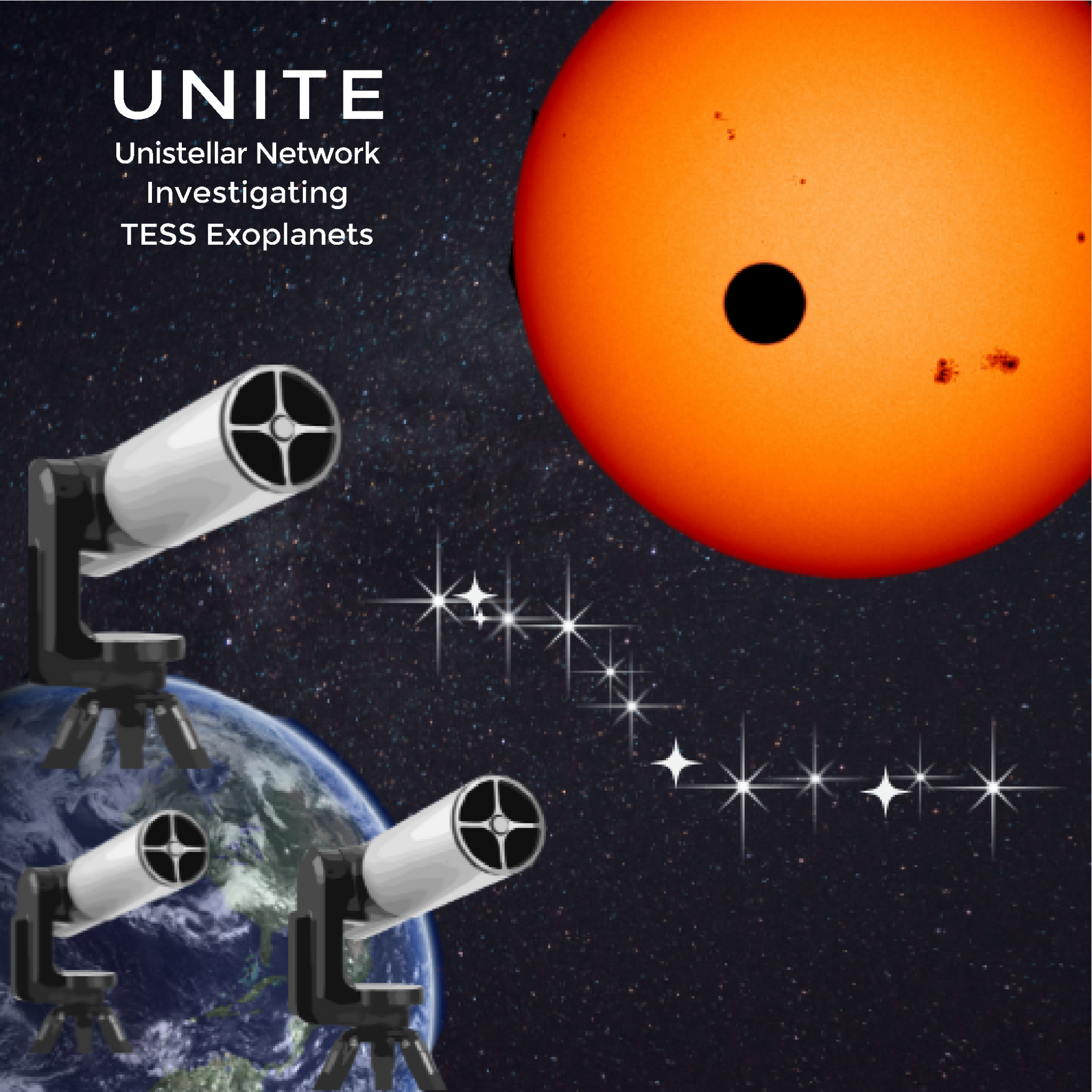Jupiter-like planets play important roles in arranging planetary systems, and can influence the abilities of planets to host life. But detecting them requires coordinated observations across multiple hours or days by astronomers worldwide. That’s why out of the more than 5,200 known exoplanets, we only have a few dozen examples of these Jupiter-like objects.
Enter the Unistellar Network Investigating TESS Exoplanets project, or UNITE, a new NASA citizen science project. UNITE brings together telescope users from around the world to make their own observations of transiting exoplanets to find these Jupiter-like objects.
UNITE volunteers observe planet candidates found by NASA’s Transiting Exoplanet Survey Satellite (TESS) mission. Transiting exoplanets are planets that orbit their stars at just the right angle for us to see these stars dim as the planet passes, or transits, in front of it. When UNITE volunteers detect multiple dimmings, or transits, that tells us how long an exoplanet takes to orbit its star, which then tells us
where and when we should look if we want to study that exoplanet in detail later (say, with the James Webb Space Telescope).
There are already 10,000 amateur astronomers from around the world collaborating as part of the Unistellar network, with daily, open communication
between participants and organizers at the SETI Institute on a dedicated digital collaboration platform. The project has already succeeded in confirming two new TESS exoplanet candidates and measuring their orbits!
Learn more
Project home: https://science.unistellaroptics.com
Recent project results: https://science.unistellaroptics.com/exoplanets/results/
NASA’s Citizen Science Program:
Learn about NASA citizen science projects
Follow on Twitter
Follow on Facebook






























